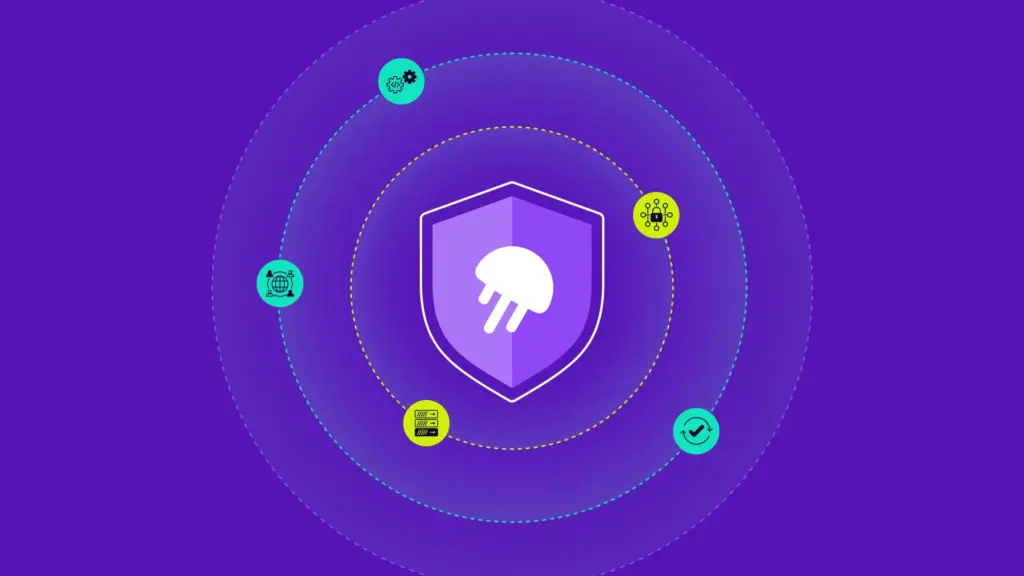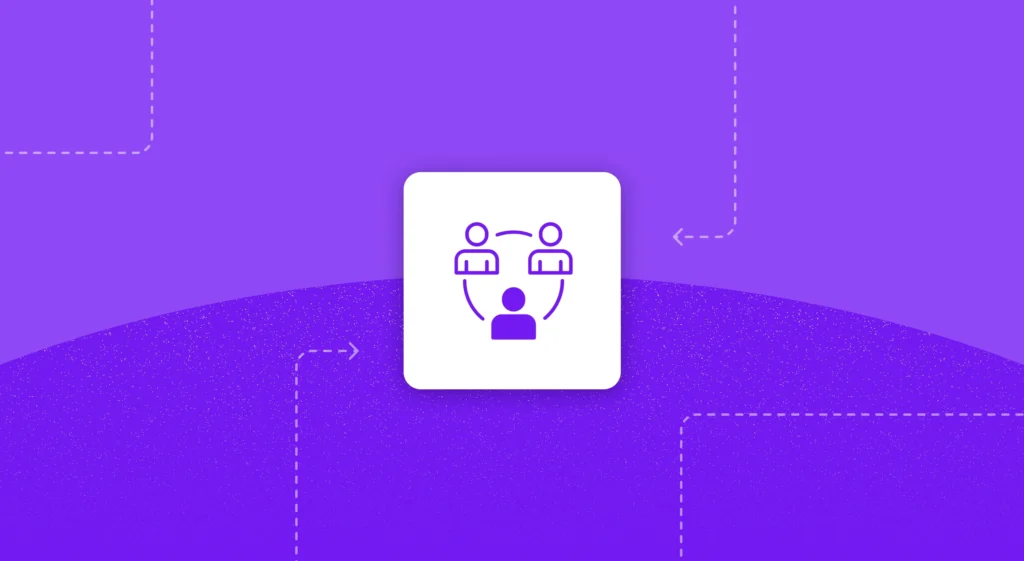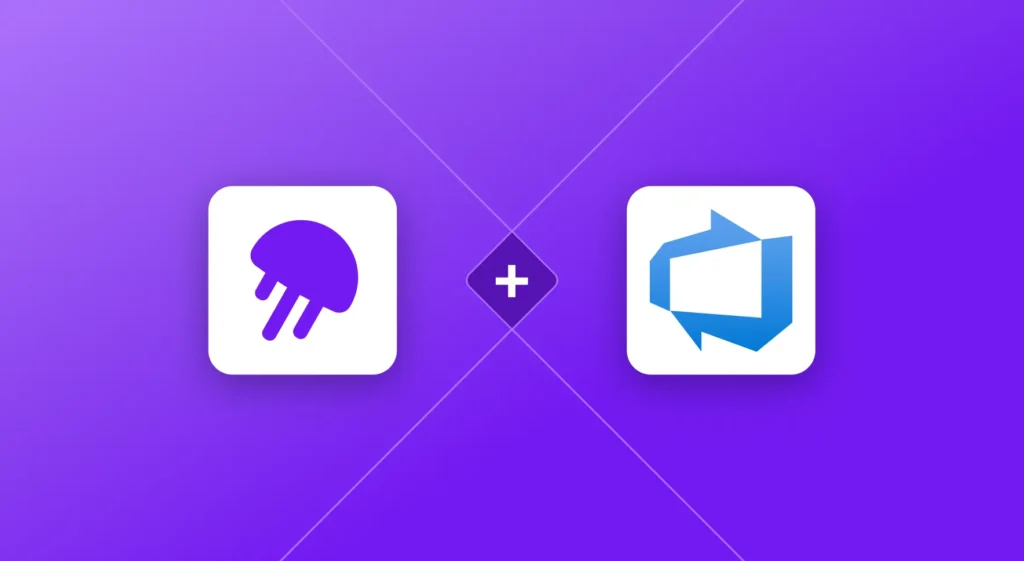Ron Ben Yosef is VP of Technology and Business Operations at Loadsmart
Loadsmart is transforming the logistics industry with smarter, more efficient freight movement. Shippers, carriers, and warehouses move more for less using Loadsmart’s truck management software, dynamic freight brokerage, and dock and yard solutions. But in order to drive our own business forward, we have to focus on areas that have the greatest impact and ensure everyone is working towards the same goals.
At Loadsmart, our priority is delivering maximum value to our customers. To achieve this, we need to define clear objectives, translate them into actionable plans, and then execute those plans in line with our strategy. We also want to make sure every engineer is aligned with the business priorities — we can only deliver the best results if the entire team is moving in the right direction.
Jellyfish allows us to understand and optimize our investments. Using Jellyfish resource allocations, we can see how teams are spending their time and what value they’re delivering to the company. Jellyfish provides key insights that enhance our operations at every level of the organization – not only does data help teams optimize their daily operations, but it also allows us to plan for future success.
Here’s how we use Jellyfish data to get the most out of our engineering efforts.
Understanding Our Engineering Investments
Our engineering leaders work closely with their teams, but they need unbiased data to know exactly how work is being allocated. With Jellyfish, we’ve traded instincts and assumptions for evidence-based insights. Jellyfish gives us a complete breakdown of our resource allocations. At a high level, we can see how much we’re investing in our roadmap versus support, but we can also go deeper, tracking the time teams allocate to each business unit and the cost of delivering specific features.
Adoption metrics also come into play here: Are our investments having the impact we expected? If not, what adjustments can we make to provide more value to our customers?
Once you have visibility into resource allocation, it quickly becomes part of the company culture — a source of truth for the entire organization. Data keeps our engineering teams agile and focused on business priorities, while also shaping our longer-term strategy. By analyzing the return on investment for different business units in 2024, we’ve been able to plan our budget for the new year with confidence. It’s clear where we need to increase or decrease investments to better serve our customers in 2025.
Improving Cross-Team Collaboration
Before Jellyfish, engineering was a black box to those outside of the team. They could see the resources being spent on engineering, but they had no visibility into the specifics. Our colleagues had no choice but to take our word when we explained what engineers were working on and why it mattered.
We’re opening up the engineering black box to increase transparency. Now, stakeholders across the organization can see how much we spend on R&D and the outcome of those investments. This transparency has transformed collaboration between engineering, product, and finance. Supported by data, we can work together on a strategy and then create product and financial plans accordingly. We return to the data regularly to make sure we’re executing on those plans as intended.
Jellyfish resources have also opened up conversations with senior stakeholders. Using engineering benchmarks, executives can see how we’re doing compared to similar-sized companies in our industry. Are we dedicating as much time to innovation as our competitors? If not, how can we improve? These data-driven discussions allow us to set ambitious targets and stay ahead in a competitive market.
In general, Jellyfish data has given us a new way to communicate across the company. It draws everyone into the conversation, strengthening relationships and encouraging effective collaboration. With a shared language, we can make sure everyone is aligned on business priorities, and we’re a more mature organization as a result.
I believe 2025 will be a good year for the logistics and transportation industry. Advances in AI are offering a lot of game-changing opportunities for our customers, and we anticipate a period of growth and innovation as a result. To scale successfully, we need to continue investing in line with our business goals and ensure alignment across teams. With Jellyfish, we have the tools we need to do that.
You can learn more about Jellyfish resource allocations here.






